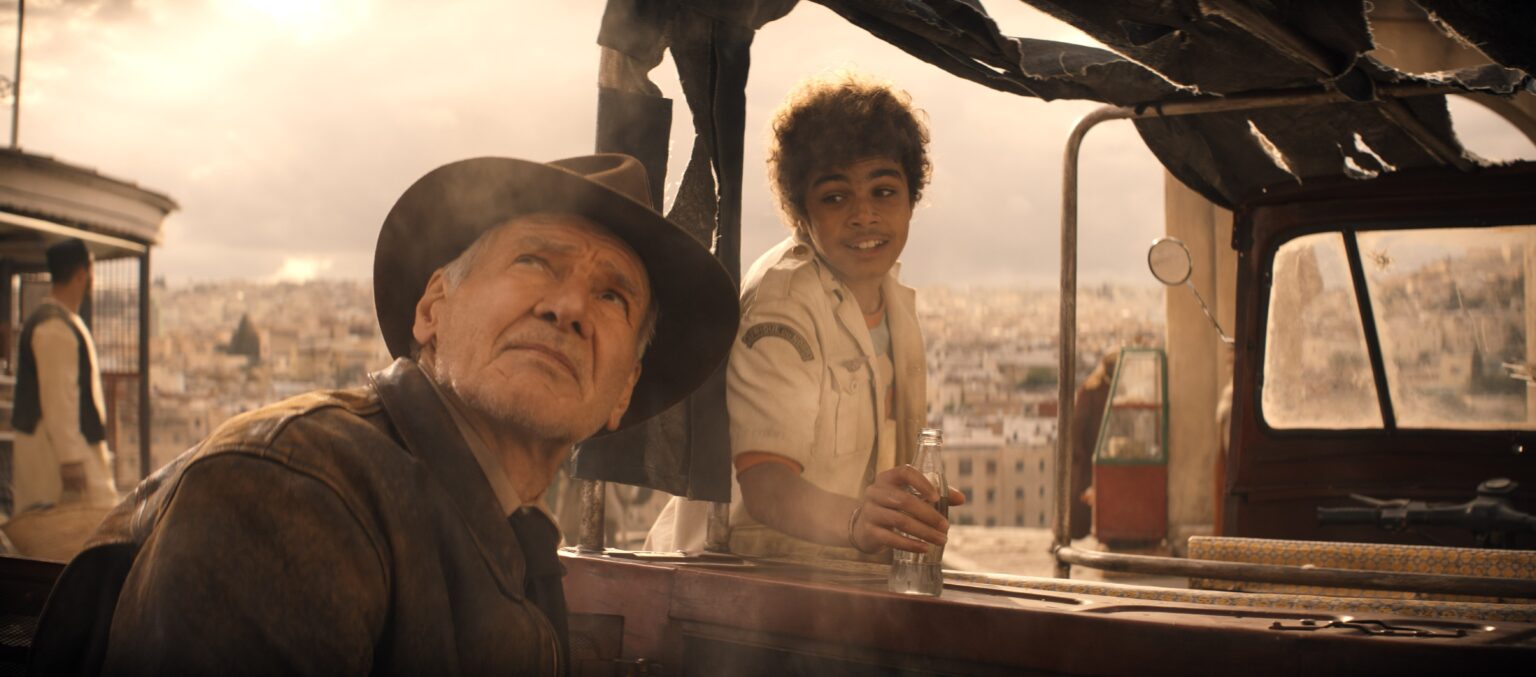
Destined to fail: Here’s how ‘Indiana Jones’ became a streaming nightmare
Is Indiana Jones the action-packed hero we all grew up admiring or a misleading representation of the world of archaeology? The fedora-wearing adventurer, brought to life by Harrison Ford, has kept us hooked for over four decades, starting from his golden idol heist in Raiders of the Lost Ark. But, what does his swashbuckling persona mean for the real-life archaeologists, and how do they perceive Indy’s cinematic legacy?
This year, the silver screen welcomes the fifth, and possibly final, installment in the Indiana Jones saga – Indiana Jones and the Dial of Destiny. As the fanfare builds, so does the debate over Indiana’s portrayal of archaeology.

The legacy
Several experts, like Anne Pyburn, an anthropology professor at Indiana University Bloomington, see Indiana’s actions as a clear misrepresentation. Indiana might be the reason many people became attracted to archaeology, but what he does is more akin to looting than responsible archaeological practice, says Pyburn.
Beyond the boulders and bullwhips, the Indiana Jones series tackled an array of historical mysteries. From battling Nazis for the Ark of the Covenant in Raiders of the Lost Ark to confronting black magic cults in India in Indiana Jones and the Temple of Doom, Indiana’s adventures always went beyond mere treasure hunting.
Yet, the often-violent and disrespectful portrayal of local and indigenous cultures remains a sore point for many, including Pyburn, who emphasizes that archaeology isn’t just about finding artifacts, but reconstructing past human life ways.

The man
Laurie Miroff, director of the Public Archaeology Facility at Binghamton University, State University of New York, echoes Pyburn’s thoughts. While Indiana Jones might be a thrill-seeker hunting for “fortune and glory”, real archaeologists aim to study past cultures, Miroff states.
But it’s not all negative press for Indy. Some scholars highlight the series’ contribution to raising awareness about archaeology. Cornelius Holtorf, a professor of cultural sciences at Linnaeus University in Sweden, believes that the Indiana Jones franchise has motivated many young people to study archaeology and made citizens interested in visiting archaeological sites and museums.

Final hat tip
With Dial of Destiny potentially being Ford’s last dance as Indiana Jones, what would real archaeologists like to see in the film?
Louise Hitchcock, an archaeology professor at the University of Melbourne in Australia, hopes to see some commentary on the series’ past issues with poor excavation practices, sexism, and colonialism. Miroff agrees, adding that she’d love to see some accurate archaeological methods represented, even if briefly. Perhaps a scene of Indiana Jones, or another archaeologist, taking notes, photographs, or recording measurements.
With the release of the new Indiana Jones movie, we look forward to seeing how this saga unfolds. In the meanwhile, the debate over the series’ portrayal of archaeology continues. So, here’s a question for you, dear reader – Do you think Indiana Jones has been a boon or a bane for the world of archaeology?
_







